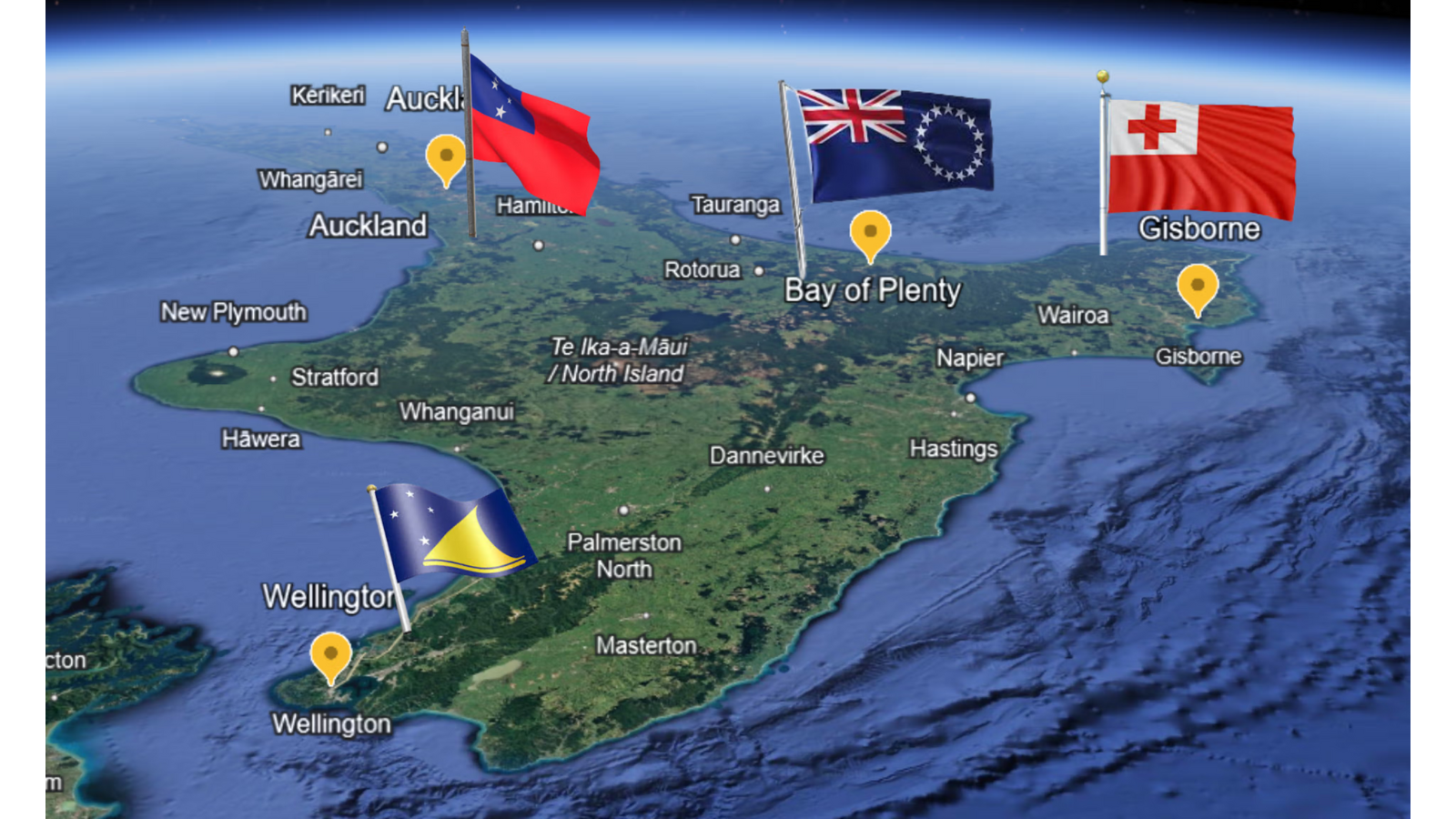

Prime Minister Luxon at this year's celebration of the 146th Girmit Anniversary, held in South Auckland.
Photo/Christopher Luxon/TwitterX
Statistics NZ admits data gaps in Pacific communities
Despite major census reforms, a new report shows administrative data still misclassifies Pacific and multi-ethnic communities




WHO pushes for safer, affordable surgeries across the Pacific

Tongan debut looms for Robert To’ia in high-stakes Sāmoa clash




WHO pushes for safer, affordable surgeries across the Pacific

Tongan debut looms for Robert To’ia in high-stakes Sāmoa clash
A new report from Stats NZ reveals that while administrative data is improving, it continues to inaccurately reflect New Zealand’s Pacific and multi-ethnic communities, posing a risk of undercounting these groups.
In June, the agency announced sweeping changes, including a shift to an ‘admin-data-first’ census. The new approach uses information already collected across government agencies, known as the Administrative Population Census (APC), which is promoted as a more cost-effective way to get faster data for planning and decision-making.
The report, titled, Quality of Ethnicity Data in the APC, shows that while administrative data covers over 99 per cent of major ethnic groups, it lacks accuracy for smaller communities and those with complex identities. The results in the undercounting of people with multiple ethnicities and the misclassification of groups such as Fijian Indians and Fijians.
In Stats NZ’s classification system, ‘higher-level categories’ refer to broad ethnic groups, like ‘Pacific Peoples’ or ‘Asian’, while ‘lower-level’ categories provide more detailed identities, such as ‘Sāmoan’, ‘Tongan’, or ‘Fijian’. While data for broad ethnic groups is accurate, specific identities within those categories are often undercounted or misclassified.
Stats NZ’s Adele Quinn told PMN News that the agency is “well placed” to use government data to measure broad ethnicity groups such as ‘Pacific Peoples’, ‘Sāmoan’ and ‘Tongan’ populations. But she acknowledges that getting accurate data for detailed ethnicity breakdowns is “one of the hardest variables to measure accurately, whether in a traditional census or from ‘admin first’.”
“We’re seeing encouraging signs overall, but we need improvements to deliver the quality we want at the more detailed levels,” she says.
Listen to Adele Quinn's interview below:
One improvement being implemented is an annual survey, which is currently being tested in New Plymouth, Christchurch, and Ashburton.
“The live test is a critical step… in designing and planning the new approach,” Sean Broughton, the housing and population spokesperson, says. He adds that future processes will not rely on paper forms. Instead, people can complete the survey online, in person, or by phone.
The APC report shows a major distortion in the European category. 'New Zealand European' is undercounted, while 'European not further defined' is overcounted. This suggests that agencies often default to broad categories like 'European NFD' due to a lack of precise coding, inflating vague groups at the expense of specific, self-identified ones.

Smaller Pacific categories, such as ‘Tokelauan’, ‘Niuean’, or ‘Other Pacific’, are often grouped into ‘not further defined’ categories. Photo/Ministry for Pacific Peoples
Similar errors are found in other communities. The report notes an increase in the number of people identified as Fijian, which nearly doubled from 25,000 to 48,000, mainly due to Fijian Indian respondents being miscoded as Fijian.
Stats NZ tells PMN News that conflicting ethnicity records are resolved by using the highest-ranked data source for individuals. In some cases, data from the lower-ranked sources are used to refine broad ‘not further defined’ categories.
The current ranking process prioritises data sources based on how closely they match the census results. For ethnicity information, the Department of Internal Affairs is ranked highest at 50 per cent, while tertiary education data from the Ministry of Education and the Ministry of Health each contribute 25 per cent. Less than one per cent comes from school records, the Ministry of Social Development, and the 2013 Census.
Weighting is based on how consistently each data source aligns with census results, which currently works best for broad Level 1 and 2 (high-level) ethnic groupings. Efforts are underway to improve accuracy for Level 4 ethnicities, which identify smaller Pacific and multi-ethnic groups in greater detail.
If no data is available from major sources, a person's ethnicity is marked as missing. When multiple entries exist, the most recent entry is used as the reference.
Smaller Pacific categories, such as ‘Tokelauan’, ‘Niuean’, or ‘Other Pacific’, are often grouped into ‘not further defined’ categories. This inconsistent classification is common across government datasets, and Quinn says Stats NZ is working to improve it.

The last census showed the regional hotspots for Pacific communities. Photo/PMN News
Stats NZ has also confirmed to PMN News that it is now leading the development of a whole-of-government administrative data supply plan among key agencies and Crown entities, with a particular focus on consistent and detailed ethnicity data collection. The initiative is expected to strengthen the visibility of smaller Pacific communities.
The agency has also confirmed the establishment of a Chief Executives group to oversee the work, and Cabinet is expected to consider the plan early next year. While Stats NZ will lead the framework, individual agencies will carry out their own procedural improvements.
Quinn says the annual survey will collect detailed ethnicity data, which will be used to better inform and adjust for errors in the administrative data, establishing an independent benchmark for data quality.
Accurate ethnicity data is essential for ensuring that government funding and services reach Pacific and multi-ethnic communities. When data is inaccurate or missing, these groups risk being overlooked.
“If Pacific peoples are being undercounted, they risk being under-resourced and under-represented,” Quinn says. But achieving a system-wide reform across the government will take time. “Big improvements probably won’t be seen until after 2028,” she says.
A Cabinet decision in 2026 on the whole-of-government data plan will be key in ensuring the 2028 census accurately represents Pacific and multi-ethnic communities.